
Dr. Kent Lasnoski is an Associate Professor of Theology at Wyoming Catholic College. He lives in Lander, WY with his wife and nine children, where they enjoy outdoor adventures.
Dr. Kent Lasnoski is an Associate Professor of Theology at Wyoming Catholic College. He lives in Lander, WY with his wife and nine children, where they enjoy outdoor adventures.
← Return to EssaysStay Connected!
I have at last closed the cover on Victor Hugo’s epic, 1260-page Les Miserables. Its dust-jacket in shreds but the spine intact, this behemoth has made its way back to the shelf after a year (yes, a year) of faithfully enlivening my leisure time and literary imagination. While I was waist-deep in the book, people would notice the book on this table or that, and suddenly a conversation would be born. Catholic friends tend to give an unconscious raised eyebrow while asking curious yet dismissive questions such as: “Oh, hmm… Isn’t he, well, you know, anti-Catholic?” Or, “Interesting…I heard that book’s rather anti-Catholic.”
I pause for a moment, unsure of myself in light of this conversation killer. “Are we thinking of the same book?” I wonder. I consider, “Perhaps I’ve seriously misunderstood Hugo. The person I’m talking with is pretty sharp, after all.” After some mental water-treading, I generally come to rest on a thought like this, “Well, I’m only x pages into this beast. Maybe I just haven’t gotten to the anti-Catholic part yet.” Having scaled the rampart, slinked through the sewer, and seen the wonderful ironic resolution, I own an admission of Hugo’s clear jabs at Catholicism. Perhaps despite Hugo’s own efforts, however, the text simply cannot stand up to a facile, anti-Catholic claim.
Catholic truth, goodness, and beauty abound in the book, but one section in particular stands out, perhaps because Hugo—despite his best efforts to the contrary—ends up showing forth the glory of the consecrated life. Like so many of the book’s most powerful pericopes, this one has no place in the newest film version nor the musical, though its melodrama strikes me as that type irresistible to Hollywood and Broadway. I speak of Jean Valjean’s two pivotal moments of redemption.
We all know the first saving moment for Jean Valjean—the Bishop’s hospitality and then radical forgiveness, which bring about the criminal’s ensuing conversion. The candlesticks “given” to the criminal as tokens of the bishop’s hope in the power of grace to redeem any man given back to God in love. This scene shines for its universal, undeniably attractive Christian pathos. This moment of forgiveness marks the purchase of Jean Valjean’s freedom, even if he does not understand this redemption until later, when reflecting on having stolen a coin from a destitute boy. While this salvation lends a Christian lens to the narrative arc, it is another mini-story of this epic that bears the focus of the uniquely Catholic lens: the largely unknown story of the Convent at Petit Picpus.
In desperate flight from the indominable Javert, Jean Valjean scales a wall, raises Cossette over it with himself, and drops down from its height into the depths of the last place he had thought to be: a Catholic cloister, the convent of an astoundingly austere religious order. To be sure, Hugo’s description of this order, their meticulous attention to the rule, their attention to each other (perhaps over-attention), their allergy to men, and their general lack of joy gives him fodder for some strong critique of the religious life, and a Catholic worldview. Catholics, but especially these women, seem to live as though already dead, seem to have committed a kind of suicide, dead to the concrete goods of the world, frozen in a morgue of traditionalism, in the hope of a life they might one day possess eternally. Hugo seems to paint the nuns as leaning toward a kind of hypocrisy and foolishness in their preference for this a living death.
Consider the stony words Hugo slings at the religious:
Monastic communities are to the great social community what the ivy is to the oak, what the wart is to the human body. There prosperity and fatness are the impoverishment of the country. The monastic system, useful as it is in the dawn of civilization, in effecting the abatement of brutality by the development of the spiritual, is injurious in the manhood of nations. Especially when it relaxes and enters upon its period of disorganization, the period in which we now see it, does it become baneful, for every reason that made it salutary, in its period of purity…
The convent…is one of the gloomiest concretions of the Middle Ages. The cloister…was the intersecting point of multiplied horrors. The Catholic cloister, properly so-called, is filled with the black effulgence of death.
A convent is a contradiction,—its object salvation, its means self-sacrifice. The convent is supreme egotism resulting in supreme self-denial.
In the cloister they suffer that they may enjoy—they draw a bill of exchange on death…The assumption for the veil…is a suicide reimbursed by an eternity….”
Hugo believes the monastic moment has passed. A life lived on the edge of eternity must die with the birth of enlightenment progress, progress which requires all to participate and be open to its movements, its scouring the hull of society for accretions. The monastic life claims an irresponsible and unjust right to resist the inevitable progress of man. Progress will and must destroy the monastic “dream of the indefinite prolongation of things dead and the government of mankind by embalming…to foist the past upon the present.” Hugo respects the past, “provided it will but consent to be dead. But, if it insist upon being alive, we attack it and endeavour to kill it.”
Interestingly, Hugo’s depiction is, at least in part, explicitly supported by Catholic saints. St. John Paul II, in his Apostolic Exhortation Vita Consecrata (no. 59), calls the cloister “a way of living Christ’s Passover. From being an experience of ‘death,’ it becomes a superabundance of life, representing a joyful proclamation…” St. John Paul II affirms the cloister as a place of death, but resists Hugo’s claim that the religious somehow confuse the death for life itself. Instead it is more progressive, more forward looking than the most progressive worldly society could be, since the cloister already contains within it a participation in the summum bonum the remainder of the world ceaselessly believes “progress” will bring them alongside. Now, despite Hugo’s open attack, he cannot bring himself to be wholly uncharitable to religious life. After a number of short chapters jabbing religious life, he concedes a patronizing allowance for the convent as “a place of error but of innocence”:
This monastic experience, austere and gloomy as it is…is not life, is not liberty: for it is not the grave, for it is not completion: it is that singular place, from which, as from the summit of a lofty mountain, we perceive, on one side, the abyss in which we are, and, on the other, the abyss wherein we are to be: it is a narrow and misty boundary, that separates two worlds, at once illuminated and obscured by both, where the enfeebled ray of life commingles with the uncertain ray of death; it is the twilight of the tomb.
For ourselves, we, who do not believe what these women believe, but live, like them, by faith, never could look without a species of tender and religious awe, a kind of pity full of envy, upon those devoted beings…waiting between the world closed to them and heaven not yet opened; turned towards the daylight not yet seen, with only the happiness of thinking that they know where it is; their aspirations directed towards the abyss and the unknown, their gaze fixed on the motionless gloom, kneeling, dismayed, stupefied, shuddering, and half borne away at certain times by the deep pulsations of Eternity.
Even if this is Hugo’s true opinion, that the Catholic lens brings into focus the dead past while blurring out the progress of the present, he cannot help but allow the beauty and wonder of the true Catholic worldview through the stained glass of Jean Valjean’s meditations. Hugo, even if he is an anti-Catholic, humbly allows Jean Valjean’s insight to lift the haze of any prejudice that might fog his own mind. Because no summary can equal his prose, I give you a generous excerpt here:
God has his own ways. The convent contributed, like Cosette, to confirm and complete, in Jean Valjean, the work of the Bishop. It cannot be denied that one of virtue’s phases ends in pride. Therein is a bridge built by the Evil One. Jean Valjean was, perhaps, without knowing it, near that very phase of virtue, and that very bridge, when Providence flung him into the convent of the Petit-Picpus. So long as he compared himself only with the Bishop, he found himself unworthy and remained humble; but, for some time past, he had been comparing himself with the rest of men, and pride was springing up in him. Who knows? He might have finished by going gradually back to hate.
The convent stopped him on this descent.
It was the second place of captivity he had seen. In his youth, in what had been for him the commencement of life, and later, quite recently too, he had seen another, a frightful place, a terrible place, the severities of which had always seemed to him to be the iniquity of public justice and the crime of the law. Now, after having seen the galleys, he saw the cloister, and reflecting that he had been an inmate of the galleys, and that he now was, so to speak, a spectator of the cloister, he anxiously compared them in his meditations with anxiety.
Sometimes he would lean upon his spade and descend slowly along the endless rounds of reverie.
He recalled his former companions, and how wretched they were. They rose at dawn and toiled until night. Scarcely allowed to sleep they lay on camp-beds, and were permitted to have mattresses but two inches thick in halls which were warmed only during the most inclement months. They were attired in hideous red sacks, and had given to them, as a favour, a pair of canvas pantaloons in the heats of midsummer, and a square of woolen stuff to throw over their shoulders, during the bitterest frosts of winter. They had no wine to drink, no meat for food excepting when sent upon “extra hard work.” They lived without names, distinguished solely by numbers, and reduced, as it were, to ciphers, lowering their eyes, lowering their voices, with their hair cropped close, under the rod, and plunged in shame.
The reader already sees the mental comparisons stacking up in Valjean’s mind, from the allusion to early rising and little sleep on account of the work of prayer, acetic cold, uncomfortable habits hiding cropped hair, austere diet, new names given at consecration, vows of silence, fear under the rod of God’s wrath, and overwhelming shame at the possession of sexuality or any passions whatsoever. In the following paragraphs he describes the convent’s practices in a manner exceeding the pains of the galleys.
We see the hammer of progressive critique about to strike the nail of religious life deeper into the cross of the Christ it purports to honor. By miraculous discipline, however, Hugo cannot bring himself to let fall the blow. He allows Jean Valjean’s wrestling with the juxtaposition of these two forms of imprisonment. The one in guilt, the other in innocence. The one til expiation or escape, the other til death. Valjean ponders the results of each form of slavery—the galley and the cloister:
What resulted from the first? One vast curse, the gnashing of teeth, hatred, desperate depravity, a cry of rage against human society, sarcasm against heaven.
What issued form the second? Benediction and love.
And, in these two places, so alike and yet so different, these two species of beings so dissimilar were performing the same work of expiation.
Jean Valjean thoroughly comprehended the expiation of the first; personal expiation, expiation for oneself. But, he did not understand that of the others, of these blameless, spotless creatures, and he asked himself with a tremor: “Expiation of what? What expiation?”
A voice responded in his conscience: the most divine of all human generosity, expiation for others.
Here we withhold all theories of our own: we are but the narrator; at Jean Valjean’s point of view we place ourselves and we merely reproduce his impressions.
This last line lays bear Hugo’s own conflicted thoughts on the Catholic worldview. He can’t bring himself to avow Valjean’s position. He must break the fourth wall to disavow the vision that so powerfully raptures the reader, a vision that is ironically borne out by Valjean’s entire life—lived for the redemption, happiness, and expiation of Fantine and Cosette. Let’s allow Hugo (I mean, Jean Valjean) to continue:
He had before his eyes the sublime summit of self-denial, the loftiest possible height of virtue; innocence forgiving men their sins and expiating them in their stead; servitude endured, torture accepted, chastisement and misery invoked by souls that had not sinned in order that these might not fall upon souls which had; the love of humanity losing itself in the love of God, but remaining there, distinct and suppliant; sweet, feeble beings supporting all the torments of those who are punished, yet retaining the smile of those who are rewarded. And then he remembered that he had dared to complain.
Often, in the middle of the night, he would rise from his bed to listen to the grateful anthem of these innocent beings thus overwhelmed with austerities, and he felt the blood run cold in his veins as he reflected that they who were justly punished never raised their voices towards Heaven excepting to blaspheme, and that he, wretch that he was, had uplifted his clenched fist against God.
Another strange thing which made him muse and meditate profoundly seemed like an intimation whispered in his ear by Providence itself: the scaling of walls, the climbing over inclosures, the risk taken in defiance of danger or death, the difficult and painful ascent—all those very efforts that he had made to escape from the other place of expiation, he had made to enter this one. Was this an emblem of his destiny?
This house, also, was a prison, and bore dismal resemblance to the other from which he had fled, and yet he had never conceived anything like it.
He once more saw gratings, bolts and bars of iron—to shut in whom? Angels.
Those lofty walls which he had seen surrounding tigers, he now saw encircling lambs.
It was a place of expiation, not of punishment; and yet it was still more austere, more somber and more pitiless than the other. These virgins were more harshly bent down than the convicts. A harsh, cold blast, the blast that had frozen his youth, careered across that grated moat and manacled the vultures; but a wind still more biting and more cruel beat upon the dove cage.
And why?
When he thought of these things, all that was in him gave way before this mystery of sublimity. In these meditations, pride vanished. He reverted, again and again, to himself; he felt his own pitiful unworthiness, and often wept. All that had occurred in his existence for the last six months, led him back towards the holy injunctions of the bishop; Cosette through love, the convent through humility.
Sometimes, in the evening, about dusk, at the hour when the garden was solitary, he was seen kneeling, in the middle of the walk that ran along the chapel, before the window through which he had looked, on the night of his first arrival, turned towards the spot where he knew that the sister who was performing the reparation was prostrate in prayer. Thus he prayed kneeling before this sister.
It seemed as though he dared not kneel directly before God.
Everything around him, this quiet garden, these balmy flowers, these children, shouting with joy, these meek and simple women, this silent cloister, gradually entered into all his being, and little by little, his soul subsided into silence like this cloister, into fragrance like these flowers, into peace like this garden, into simplicity like these women, into joy like these children. And then he reflected that two houses of God had received him in succession at the two critical moments of his life, the first when every door was closed and human society repelled him; the second, when human society again howled upon his track, and the galleys once more gaped for him; and that, had it not been for the first, he should have fallen back into crime, and had it not been for the second, into punishment.
His whole heart melted in gratitude, and he loved more and more.
So, is Les Miserables anti-Catholic? Yes, explicitly it would seem so. Hugo’s sainted bishop shines as a brilliant Christian only despite his institutional Catholicism. The religious life is excoriated as a blockade to progress, allowed only on account of the good will of those entering such an erroneous life. At the same time, no, Hugo’s work is profoundly pro-Catholic. Hugo’s critiques feel insipid, forced, pallid in the face of Jean Valjean’s vivid meditation on the religious life and the second redemption it has offered him and, indeed, offers the world at large. His wooden philosophizing cannot stand up to the winds of his sweeping narrative. For not only does he allow Jean Valjean’s astounding meditation upon religious life onto the page, but he shapes the entire narrative around Jean Valjean’s life of vicarious expiation on behalf of Fantine, Cosette, and Marius. A consideration, I suppose, for another long-winded blog about the Catholic masterpiece of an even longer-winded (anti-Catholic?) author.
More Reading

Dr. Kent Lasnoski is an Associate Professor of Theology at Wyoming Catholic College. He lives in Lander, WY with his wife and nine children, where they enjoy outdoor adventures.


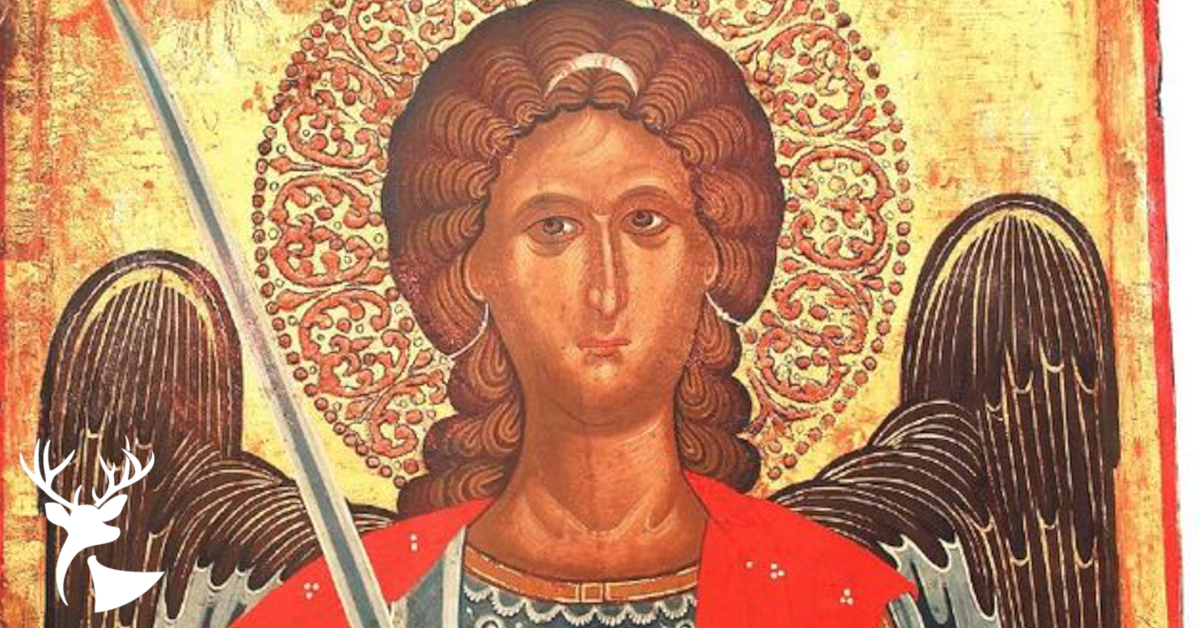

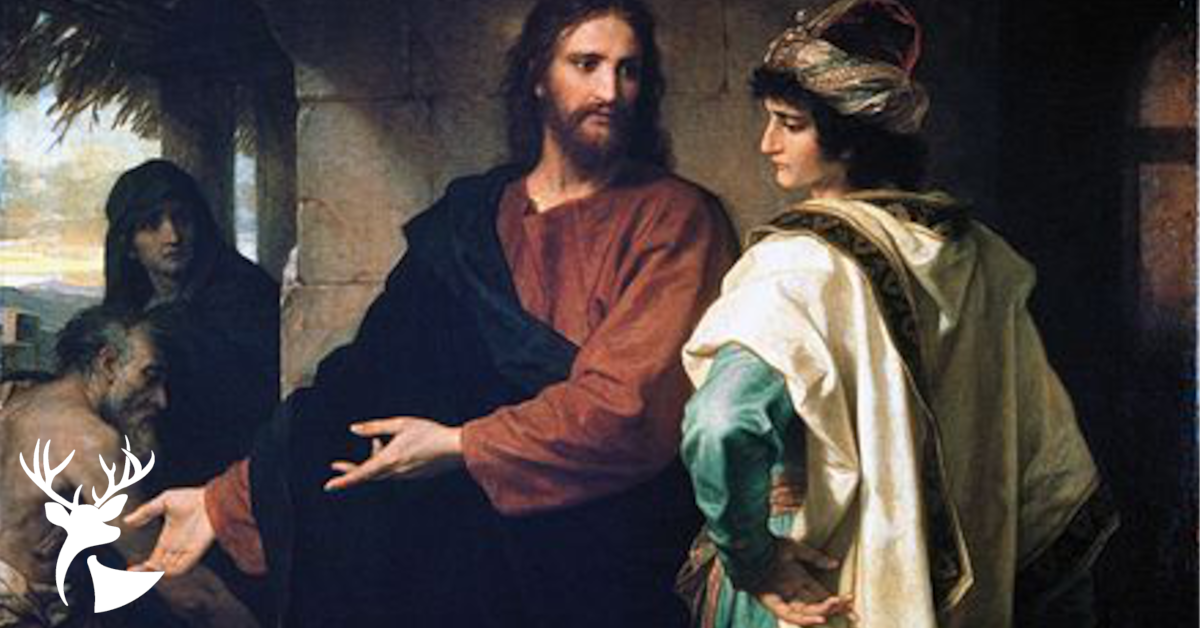
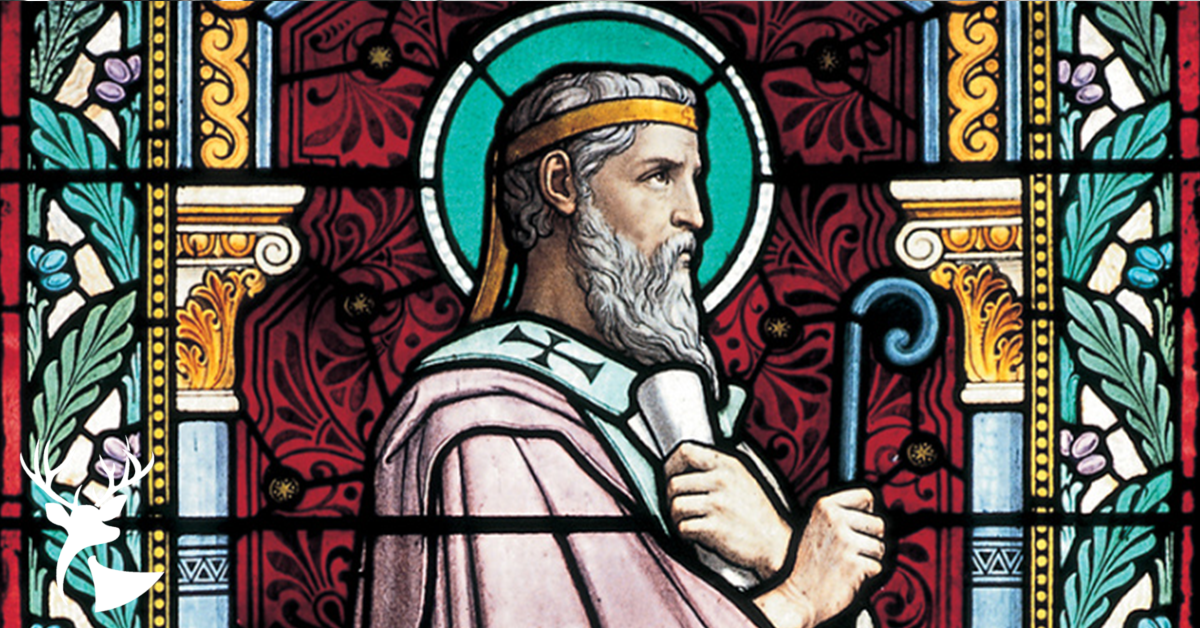
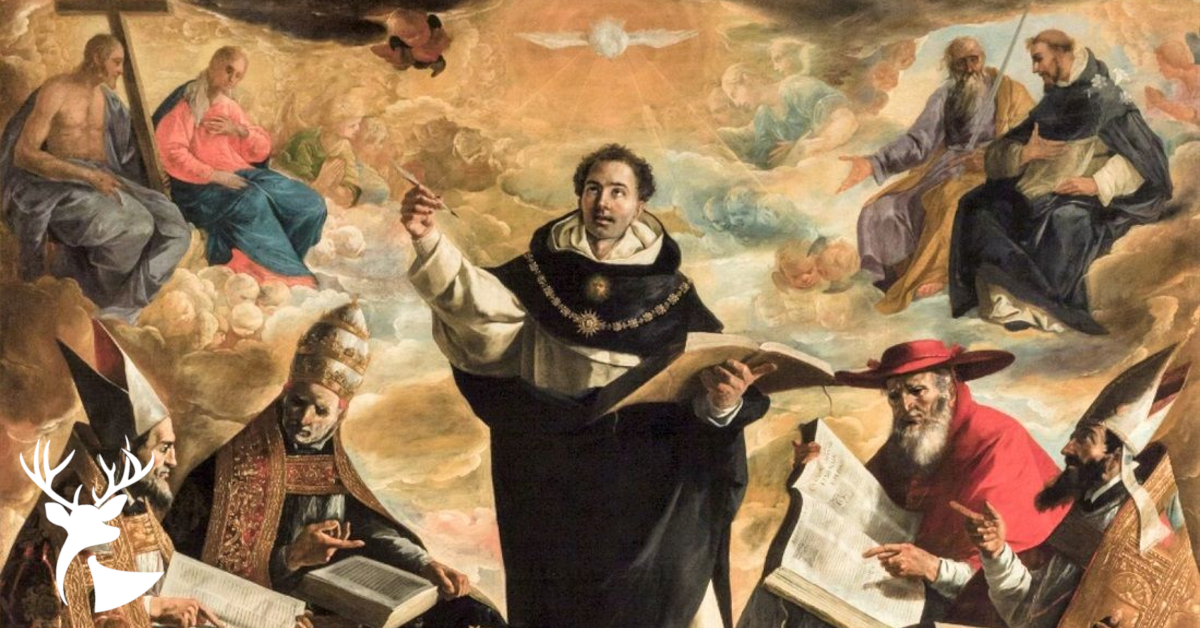


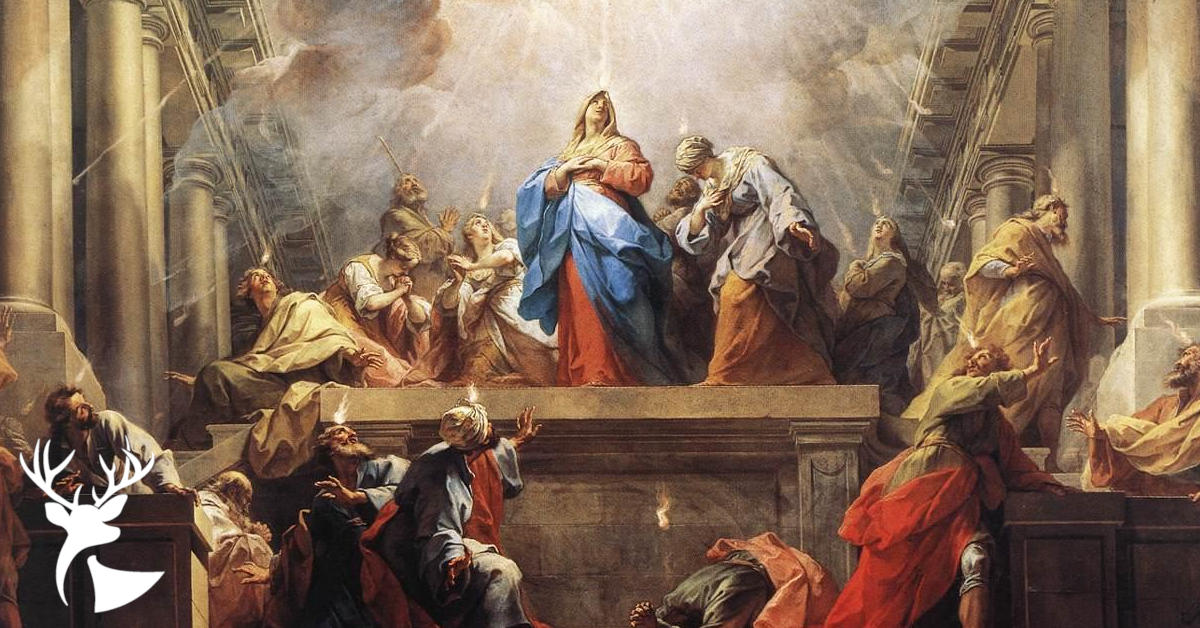


“To love another person is to see the facec of God” …best line in the play…song. inspirational…sings in my heart n mind .